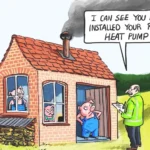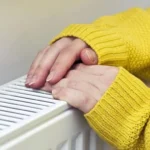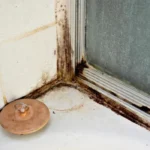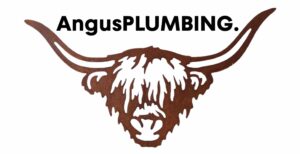A dozen of the very best pieces of plumbing advice and tips for homeowners, renters and landlords.


Plumber - Paul
Paul's a member of the Chartered Institute of Plumbing & Heating Engineers, Water Regs UK (formerley WRAS – Water Regulations Advsiory Scheme) certificated as well as a qualified unvented cylinder engineer and a qualified heat pump engineer.
Plumbing. For DIYers plumbing “tips” “advice” and “help” come thick and fast from a whole range of sources.
Maybe it’s your husband or wife – who’s never picked up so much as a screwdriver let alone a plunger or pair of pump-pliers?
Or your parents – who always use the local odd-jobbing handyman for everything – from cutting their lawn to fixing a lose roof tile?
Let’s not forget your nosy neighbour next-door? Who pops round as soon as there’s a whiff of a project on the local breeze? After-all, they’re an “expert” on all things – from Azerbaijani politics to how Jaffa Cakes [cake or biscuit – you decide] are made and the best length of a screw thread (there isn’t one). You get the gist.
And then there’s YouTube? The place where you start out looking for what you want help with and quickly lose three hours of your life watching cats flush toilets and searching for songs from your teens and wondering what actually happened to that band member. And you’re surprised and mildly disappointed when you find out that the uber-cool rebellious star you once gazed at, has become a tax accountant and lives in Peterborough and in a maisonette and breeds corgis! And your plumbing project has well and truly stalled.
Maybe you’ll get back to it next time you’ve got some time. Maybe you won’t, and all of the pipe, valves and the toilet you were going to plumb in will just sit in your garage gathering dust and taking up space.
So, the question is – who’s worth listening to and whose wisdom do you trust when you want to get that nagging piece of plumbing sorted?
If you want well-earned insider knowledge for your DIY plumbing project, Angus, Paul and the team at AngusPLUMBING are the place to go to.
Now, it’s no secret that you really should have your plumbing work done by a professional plumber. They’re trained and know what they’re doing. And importantly do it well. And without any corners cut or botches that come back to bite.
We’re not though above helping our customers grow and master their own plumbing skills.
Read on for some of our plumbing pointers that’ll help you to keep your home’s drains, pipes and taps etc. working as well as the first day they were plumbed in.
And when you don’t want to or don’t have the time to DIY, we’d love to help and are only a call, text or WhatsApp away.
Silicon? Your flexible friend!
Plumbing tip – silicone. Leaks. Holes. Chipping. Cracks. Sealing. Installation. Plumbing silicone has 1,001 uses around your home and if you’ve got some, you’ll already have a smile on your face.
If you don’t have any and didn’t know, silicone not to be confused with caulk (dries quicker, less flexible and ideal for filling gaps in built in furniture, picture rails, skirting boards etc. and can be painted over) is used to seal and waterproof joints and seams, as well as to fill in small gaps and cracks.
It’s used religiously throughout construction and plumbing, and a tube’s a must for your tool draw.
Take a quick look around your bathroom, kitchen or utility room. Silicone’s probably been used to seal your work surface, on your unit bottoms, round your sink on the base of your taps, the bottom of your toilet, around your bath and shower and basin etc.
As it sticks a huge range of surfaces including plastic, metal, and glass together you’ll also find it in aquariums and used to weatherproof windows. It’s also regularly uses in crafts and sewing and a few dots on a doormat or rug will keep it in place and stop it sliding across a wood or tile floor – particularly helpful with pesky bathroom mats that love a wander.
We’ve even seen it used for preserving fragile paper – so old newspapers, documents and books. Just squeeze a small spot of clear sealant on the top and squeegee it down to the bottom and you’ll have a waterproof, flexible, durable finish that won’t age or deteriorate any further.
Because it’s so versatile, you really should have some silicone on hand.
Just so as you know, a typical 310ml tube of silicone will be enough for 12.5 meters-ish of a gap with a depth and width of 5 millimetres. Most people though won’t need to have this much around the house and you can get a 70ml tube on the high street for as little as a couple of pounds.
Oh, o-rings? Get some in!
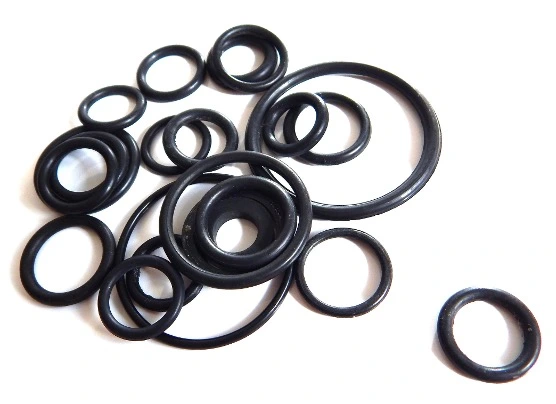
Plumbing tip. These little pieces of rubber (or silicone) – o-rings, are used in pretty much all of your plumbing appliances. The little black rings give a flexible seal between taps, walls, sinks, pipes etc. and whatever they’re connected to.
The reason why they’re flexible is so that they can be easily changed or removed. It’s also their shortcoming and unfortunately means that they’re prone to wearing out and giving you a leak to deal with. What they give with one hand, they take back with the other!
Now, wouldn’t it be fab if all of your plumbing appliances used a single, standard size o-ring. But plumbing manufacturers don’t believe in giving their customers an easy life. This means that for your home you’ll need a whole range of o-ring sizes. After all you don’t want to be traipsing down to your local DIY store every time you get a drip or leak.
If you pick up a variety pack for £10 or £12, you’ll have all or the o-rings that you’ll ever need.
With the right kit to hand, you’ll always speed up plumbing projects and save you from having to write down exact measurements each time for yet another retail park adventure.
Measure? Yes, measure, measure and measure some more!
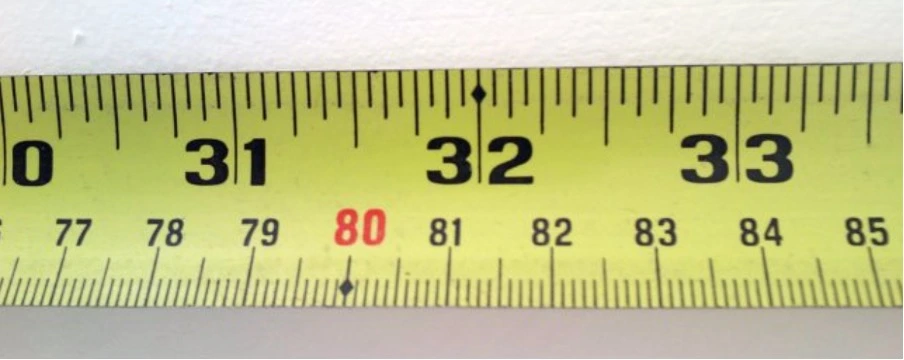
Plumbing tip. When a plumbing project doesn’t succeed, the gaps, drips, lack of water or worse – flood you’ve ended up with is due to incorrect installation. By this we mean not measuring correctly so that you’ve got plumbing or appliances so clearly wrong for the planned space, that using them’s a real challenge. Worse still, is an installation that sort of works, but in the background and for the most part silently leaks, and causes your home £1,000’s of water damage.
Measure. So that this doesn’t happen, always measure everything at least twice. Better still three or four times and get a second opinion if you’re in anyway unsure. This means the size, height, width, length and circumference etc. of every plumbing fixture you plan to put in. Oh, and of course remember to use the same scale so if you start in metric – stick to metric, the same goes for imperial’s inches and feet.
Some of the measuring you need to do may be a bit fiddly and if you need some help with techniques there are plenty of YouTube videos (but avoid those flushing cats). Or ask down at your local DIY store and they should be able to help.
True. All of this measuring will slow your plumbing project down – a little. But the investment you’re making will oh so be worth it as you’ll only have to do the job once!
And you won’t end up with an expensive tap which sticks out further than your basin’s lip. Yes, we’ve seen this, and more times than we care to remember.
Plunger? There’s a perfect one for every job!
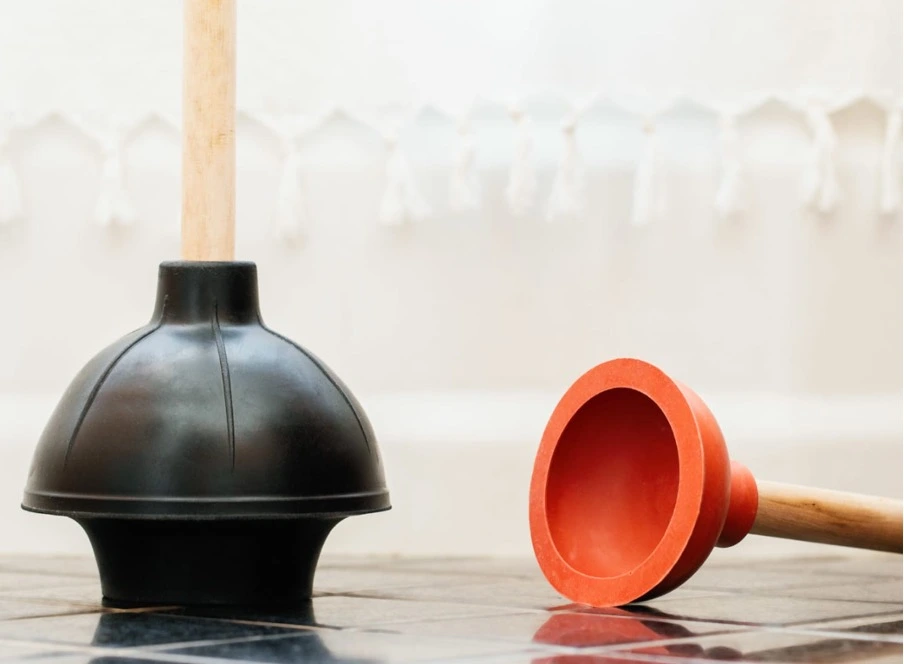
Plumbing tip. Plungers and plunging are some of our all-time favourite subjects. And we could go on and on for hours about different types of plunger and the best techniques that’ll shift pretty much any simple blockage – except for this one!
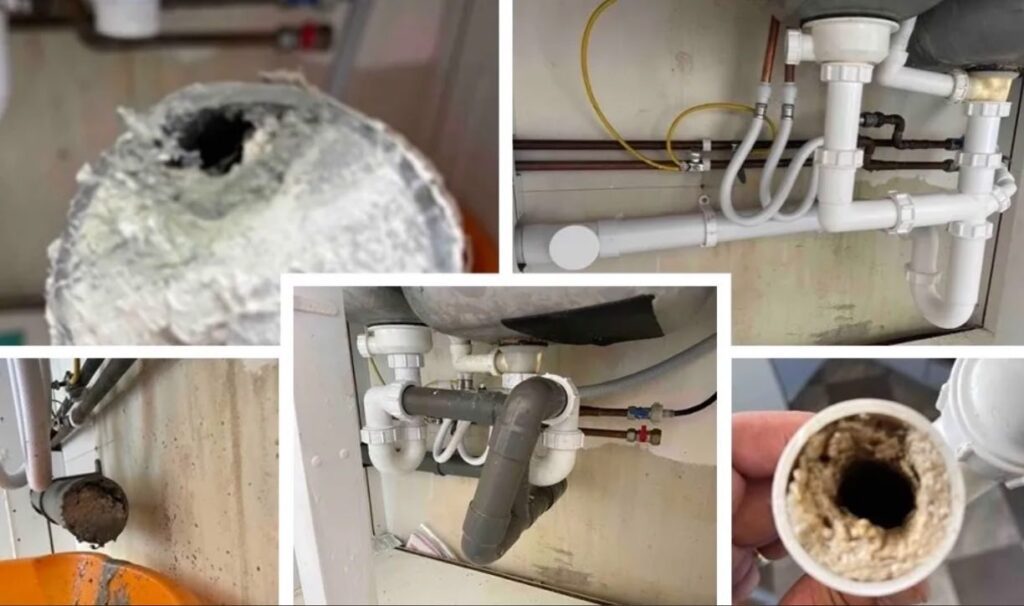
For your sake, we’ll keep things brief so just make sure that you’re using the right plunger for the right job. Yes, there are different types of plunger, and they all do a similar thing – use forced air to unblock pipe. But they’re also designed for different tasks and we regularly see people using the wrong tool for the job.
The two that you need to know about and have to hand are a cup plunger and a flange plunger.
The cup variety (it’s got a hollow cap) is your go to for unblocking baths, basins and sinks. They’re built to be used over drains in awkward places or over small drains.
Flange plungers are different having a rubber flap on the inside of the cup. These are meant for clearing toilet clogs with the flap providing a stronger vacuum and extra oomph.
If you’ve got both of these there’ll be few simple blockages that you’ll not be able to defeat.
And if you do want to plunge just like a plumber – our plunging blog is what you’re after.
Chemical drain cleaners? No, no and no!

Plumbing tip. When it comes to the wellbeing and health of your plumbing, chemical drain cleaners should be kept well clear of.
Yes, they may work, but not always and will damage pipe surfaces making them more likely to block up in the future. And the strong caustic agents in them degrades rubber seals (o-rings) faster and also dissolves glues and solvents used to connect plastic pipe.
What the adverts and labels on the bottles also don’t tell you is that the chemicals in the cleaner can sometimes make the blockage worse. And they’ll certainly react with the materials in the clog, or even get stuck on top of the blockage, making its break-up harder.
Their corrosiveness is particularly nasty for people. And even the slightest contact with your skin can give a severe chemical burn, and if in an eye – blindness. Also, as they’re toxic, breathing their fumes in will damage your lungs especially with small children and pets, and if swallowed or eaten will damage or even destroy a digestive system.
Bad for the environment. Well as drain cleaners aren’t biodegradable, when they leave your home and with mains drains cracks and faults there’s a good chance that they’ll end up polluting the ground and water around them. And also end up in rivers and lakes poisoning the water and doing the surrounding wildlife no good at all.
If you really do need something chemical based to help rid yourself of a pesky blockage, get one that uses natural bacteria to dissolve organic matter and’s non-caustic.
Or, you can use some of the basics from around the house – good old baking soda and strong white vinegar or baking soda and salt.
These may be all that you need to clear the clog especially if the blockage isn’t a major one. If these don’t work, and your sink, bath, basin or toilet is still slow or blocked and you’ve plunged, you’re better off calling a professional than using a chemical drain cleaner to try to fix it yourself.
Fats and oils? Bin them, don't block them (your drains)!
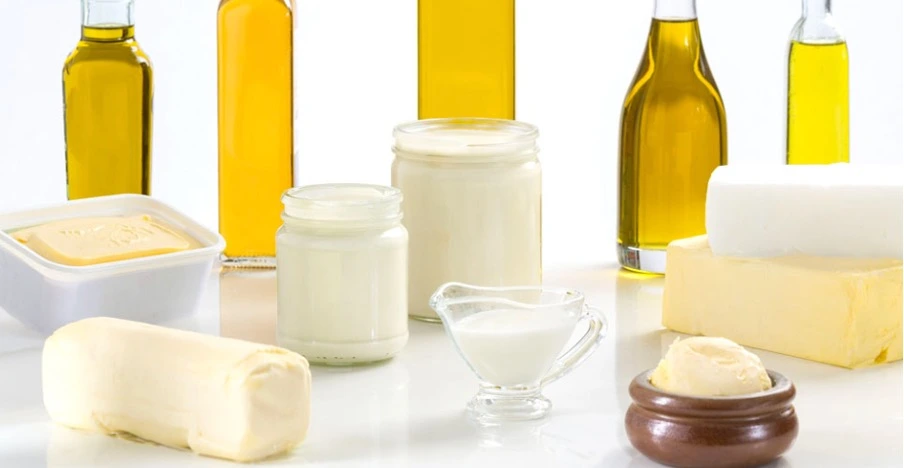
Plumbing tip. Prevention is better than a cure is an adage that certainly holds true with fats and oils. Never ever pour oils and fats from cooking or any other use down a sink, bath, toilet or drain. This is because when they cool these greases solidify and stick like glue to your pipe’s insides.
This may take some time to build up, but when it does it can easily block up your waste pipe and drain connection to the main sewerage system.
And where you share the same water supply with your neighbours, and many homes do, you’ll also be helping to block their drains and create a local poonami!
So, next time you’re having bacon and fried eggs in the morning, always let the pan fat cool. Then take some paper kitchen towel to wipe it out and put this in the bin. Simple.
Flush? Think twice before you hit the button!
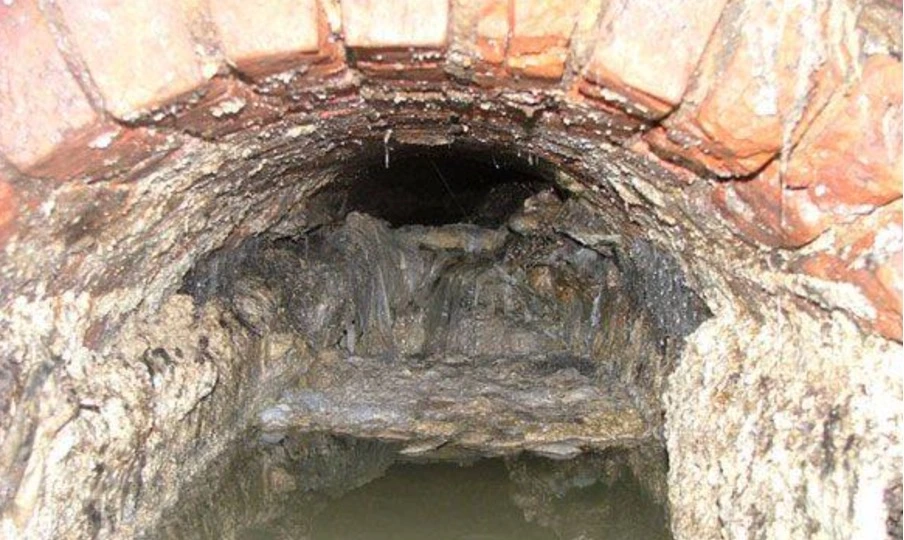
Plumbing tip. We’ve all seen the pictures of fat-burgs in our drainage system. This one’s taken from Thames Valley Water’s Facebook feed and shows what happens when grease, wet wipes and other non-human waste is flushed away.
There are certain things that should be flushed. And things that should definitely not. We’re pretty sure you catch our meaning.
Don’t treat your toilet or any other toilet like a bin. It’s not meant for this and should only be used for human waste and toilet tissue. And not feminine hygiene products, wipes, paper towels, disposable nappies and prescription and other medications. The list of non-flushables also includes dental floss, earbuds, makeup pads, and all other cotton wool-based products. Oh yes and of course little Louise’s unfortunate, recently departed fairground won goldfish. These all won’t break down so you need to dispose of them in the bin.
Toilet flush valve seal? Test regularly for leaks!
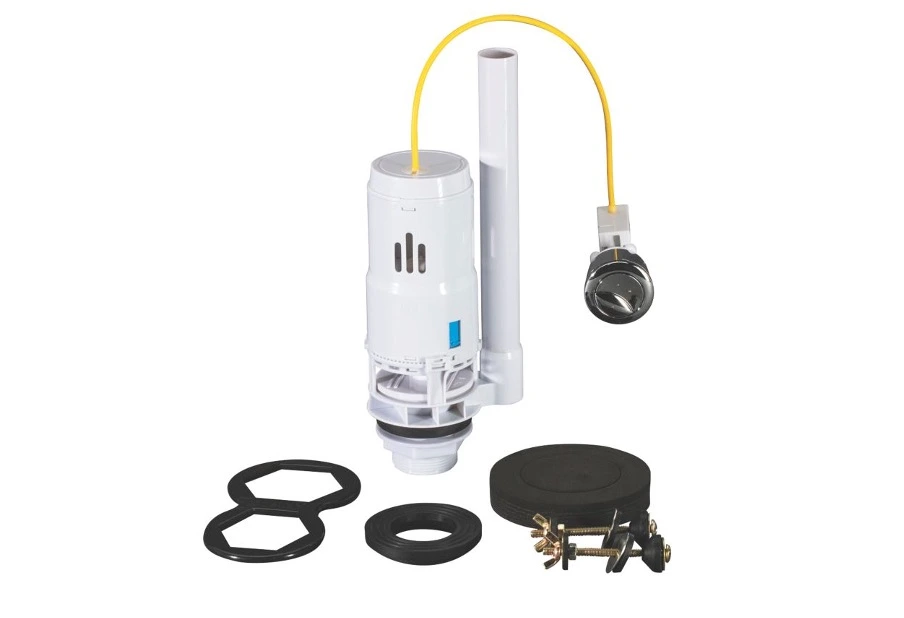
Plumbing tip. If you catch them early, toilet leaks are more manageable and much easier to deal with. It’ll also save you some serious money through preventing related plumbing problems later on.
It’s with your toilet’s flush valve seal that you’re most likely to find the beginnings of a leak. The seal stops water flowing from the cistern to the toilet’s bowl when it’s not being flushed.”
It’s easy to see if your flush valve’s working properly – just take a few drops of food colouring and add these to the water in your toilet cistern. Then wait a couple of hours and if the bowl water’s clear, you don’t have a leak. But, if it’s coloured – you do and can do something about this before it becomes more serious and a bigger expense.
Taps? Keep them turning!
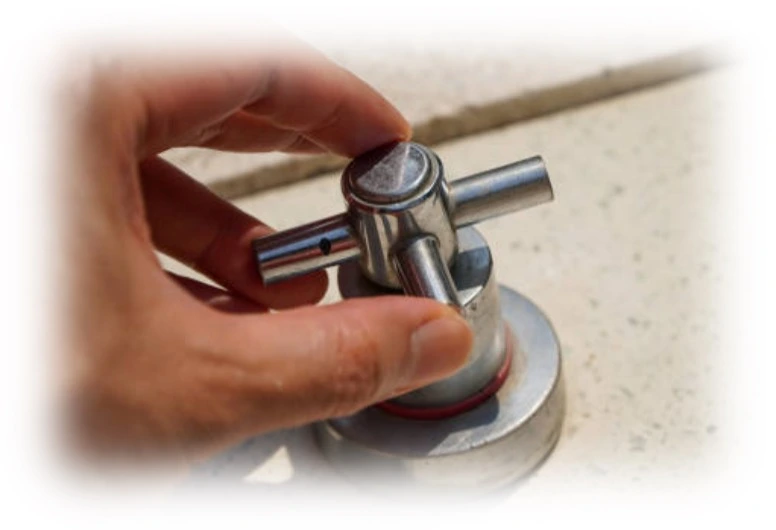
Plumbing tip. Plink, plink, plink – the sound of water dripping from your kitchen tap or splashing on your bathroom sink is a noise no one looks forward. Especially at night when the constant drumming stops you from nodding off and getting some good ole refreshing shut eye.
So, is turning your taps off as tightly as possible the answer? Not if you want them to last. The increased pressure that’s created in the tap each time is turned all the way tightly wears out your tap’s seal faster. A pencil’s a good way of looking at this and pressing down hard when you’re writing or drawing will always wear the tip down more speedily.
For the sake of your tap seals – only turn your taps off as far as the natural stopping point.
Never force them closed beyond this and use just the right amount of pressure – like you do with a pencil. This way your taps will work longer for you, and you’ll avoid the hassle and cost of replacing tap seal after tap seal.
Where’s yours? Stopcock / main water valve!
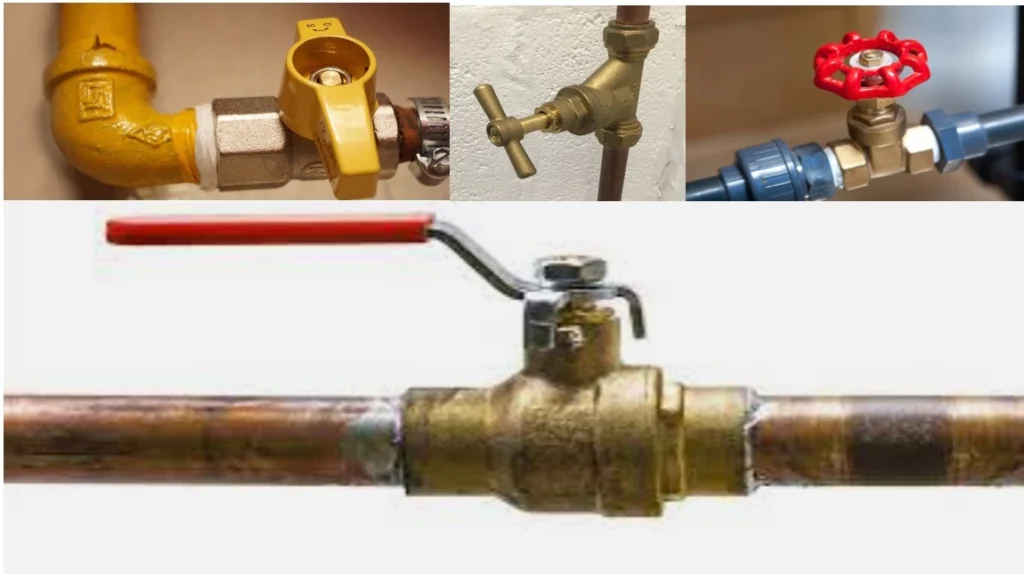
Plumbing tip. Knock on wood that you’ll never have a pipe burst. But if you do, you’ll thank your lucky stars if you know where your main water valve is. And yes, you know how to turn it off!
Not only will this help to reduce water damage to your home, but it’ll make it more likely that your home insurer will pay out – as you’ll have done your best to minimise their loss.
If you don’t know where your stopcock is, how to turn it off and the tools you’ll need, read more on our blog – Turn the water off ? Now!! Its an emergency!
Frozen plumbing? Not if you do this!

Plumbing tip. Not a summer issue, but when winter gets underway, temperatures are going to plummet. And if they get low enough, the risk of your plumbing freezing will rocket.
Not having water will be bad enough, but when water freezes it expands and there’s a good chance of this splitting one or more of your home’s water pipes. And when this thaws, you’ll be left with flooding water on top of the hassle of an insurance claim to deal with.
If you do have a frozen pipe it’ll most often be in your garage, loft or other unheated inside area. As long as it’s not yet fractured, the good news is a frozen pipe’s an easy fix for a confident DIYer.
Let’s get going. First save some water for toilet flushing and hand washing etc.
Next turn off your mains water at the stop tap and open all of your taps to drain the system.
When the flow’s stopped, shut of all of the taps off, except the tap closest to the blocked pipe to relieve pressure and use some gentle heat to thaw the pipe. A hot wet towel, hot water bottle or a hair drier set to low and medium will help to melt the ice and release the blockage.
Never ever use a blow torch, lighter or any other naked flame as their direct heat will damage the pipe.
Once the blockage is cleared turn the mains water back on and check your other taps to make sure that you don’t have another frozen pipe. If you don’t feel confident with this or have a split or fractured pipe call a professional.
By now, you’ll want to do all you can to avoid frozen pipes, and our top five tips are:
- Insulate your pipes and particularly outside pipes with insulation sleeves.
- Retain as much heat as possible through keeping doors and windows closed and of course insulate all of the surfaces in contact with the outside – so walls, floor, windows, doors and your roof/loft etc.
- 16 degrees! keep your home’s temperature to at least 16 degrees and have air always circulating through your home even when you’re away.
- At the first sign of frost, close indoor valves supplying outside taps and drain these dry along with any hoses.
- Use a pipe temperature monitor or sensor – on pipes that are susceptible to freezing. This will give you the time needed for preventative action and keeping them warm using a space heater or similar.
Shut off valves on each of your fixtures? Definitely!
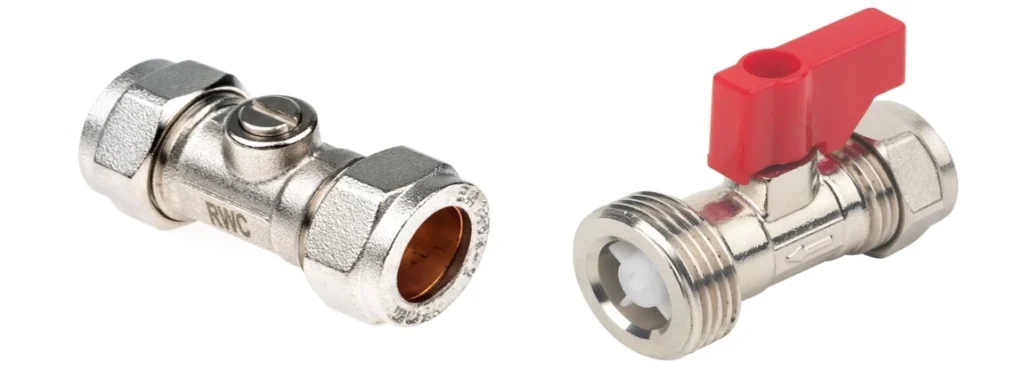
Plumbing tip. It’s an inevitable and unfortunate fact that eventually your plumbing will need repair. As sure as eggs are eggs you won’t be looking forward to having to shut off all of your water so that you can get a plumber going on the work you need to have done.
A way around this massive inconvenience is to have separate stop or shut off valves on each of your fixtures – your bath, shower, sink, dishwasher, washing machine, outside tap etc. and yes each and every toilet if you’ve more than one.
It’ll eliminate the “no water or all water” problem as when you want to or have to, you’ll be able to turn on and off the water to each part of your home.
This way, by having separate stop valves you’ll still be able to use the kitchen sink and its fresh mains water when you’ve a problem with any of your appliances and fixtures.
When things do happen - we’re here for you!
All the preventative measures in the world can be taken, but time will take its toll on your plumbing. Eventually, you’ll have a problem. When this happens or the going gets tough on any DIY plumbing project we’re here for you and will be able to help.
We handle everything from full or partial replacements to basic plumbing repairs, and everything in between.
We’ll do it all. We’ll do it right. And we’ll do it when it’s convenient for you. Guaranteed.
For most of us plumbing’s in the background, just sort of there. After all, who spends much time thinking about it or worrying about keeping it running. When it suddenly stops working though, or if there’s some kind of a problem or unexpected difficulty, wow do we notice!
We know that for most of us dealing with plumbing problems is absolutely no fun.
That’s why we’ve put together our dozen most useful plumbing tips and hope that you’ll find them helpful. And if you do need a plumber, you know who to call!
Bonus? The not-so-secret plumber’s secret!
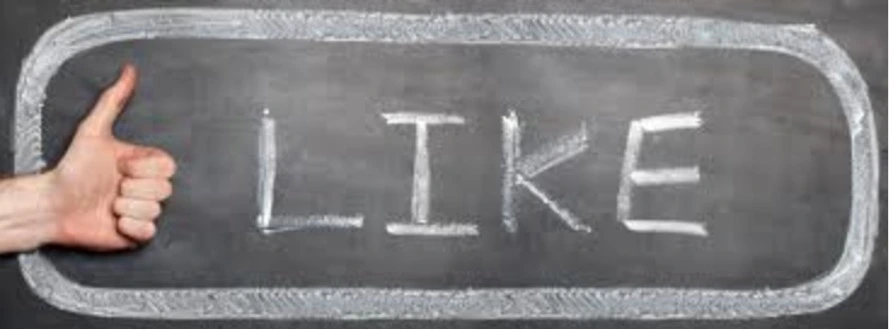
Everyone like a freebee. So here goes. Plumbing tip. The best plumbing advice It turns out that we can give, really does come down to knowledge, preparation and of course practice.
Before you jump in, if you know what you’re doing, you’ll save money and time and be more successful.
And if you end up facing a problem you can’t deal with on your own, get in touch. We still have a few tricks in our plumbing bag and are champing at the bit to help out.
See you soon....
That’s it for today! Until next time, you can always find us on www.angusplumbing.co.uk (we’ve a great on-line booking mechanism) or on Instagram, Facebook and YouTube. Or, if you wanted to, you can call, text or WhatsApp us on 07442 966664.
We’d love to hear from you, especially if there’s something, you’d like us to blog about.
All the best for now
The ANGUSplumbing team




